The top Loi 130 proposals to redesign the European Commission's office complex in Brussels
By Justine Testado|
Wednesday, Jul 31, 2019
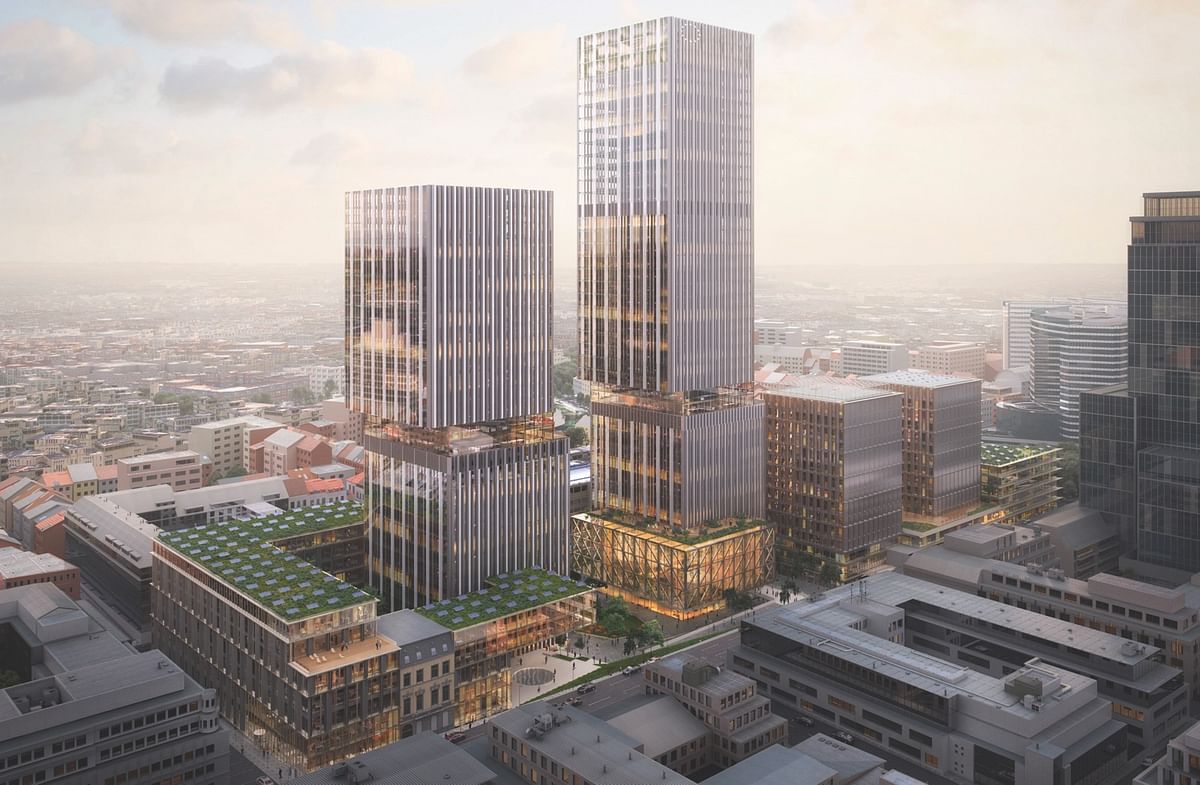
Related
Last year, the European Commission launched the Loi 130 competition to redevelop their inner-city office premises, located at Rue de la Loi 130 in Brussels. Ranging from 175,000 and 190,000 m², the new complex would comprise of offices for about 5,250 people; 2 childcare centers; a visitor center to welcome 345,000 people a year; 3,000 square-meters of commercial and retail space; green public spaces, and a new entrance to the Maelbeek metro station.
Phase One of the competition reeled in 19 projects from multi-disciplinary teams around the globe, and then six proposals advanced to the second phase. The competition concluded with 1st, 2nd, and 3rd prize winners.
Scroll down for a glimpse of the prize-winning proposals below.
1ST PRIZE
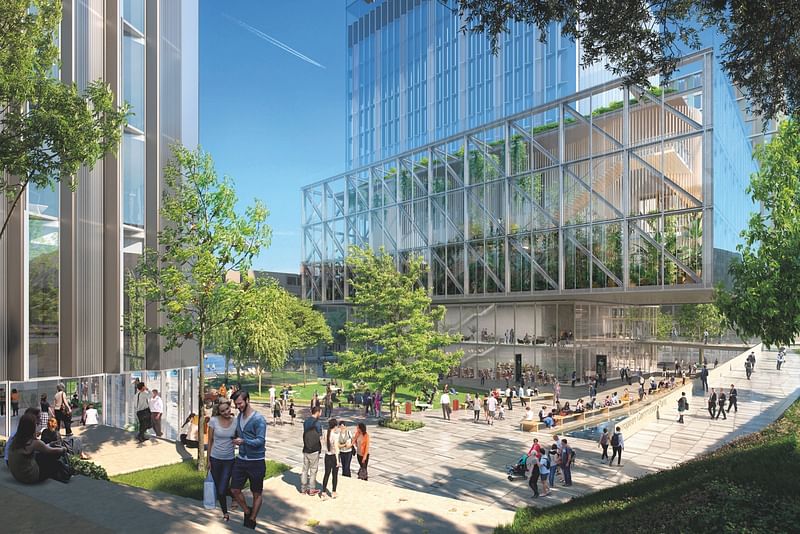
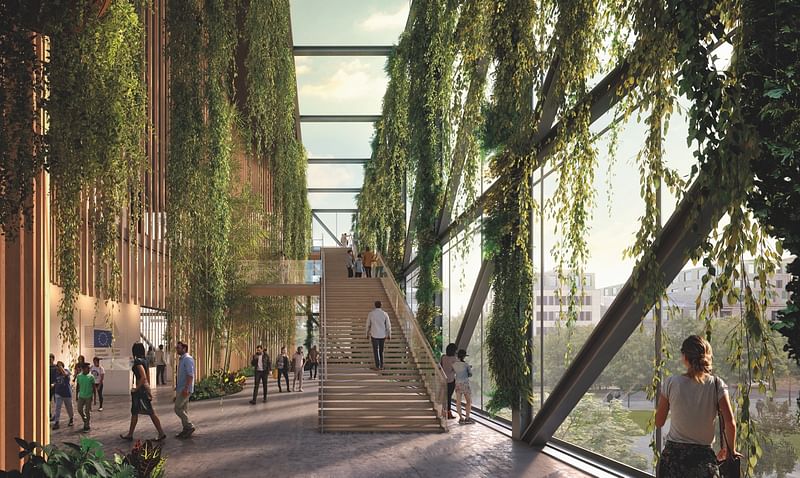

Architect + Team leader: AVA ARQUITECTURA TECNICA Y GESTION, S.L. (official name) / RAFAEL DE LA-HOZ ARQUITECTOS (business name), Spain
Architects: Perkins&Will UK Limited, United Kingdom
Landscape architects: LATZ+PARTNER Landscape Architecture Urban Planning, Germany
Building service engineering: TECNICA Y PROYECTOS S.A., Spain
Structural engineering: MC2 ESTUDIO DE INGENIERIA S.L.U., Spain
Project excerpt: “The scheme articulates a strong North-South permeable connection between Rue de la Loi and Rue de Joseph II via a direct permeable route as well as a public plaza at the centre of the proposal. This allows the blending of the European Union Quarter’s fabric of open blocks and stand-alone buildings with the neighbouring closed city blocks and internal patios. This approach, associated with an overall massing that creates variety of scales and typologies along its four edges, forms the base of the proposed urban integration. [...]
The central tower will form an architectural element by itself identifiable from afar paired with the other tower. Together, the two towers hold the plaza at ground level while creating a shared vista for the historic city as well as the administrative city. The tower engages with the plaza and the public by the integration of the cantilevered Visitor Centre at the lower levels. The visitor centre is designed to symbolise transparency and integration. Visitors can occupy the main tower because the visitor centre is embedded into the structure. It also is linked to the restaurants at the top where the whole scheme is in view. [...]”
2ND PRIZE

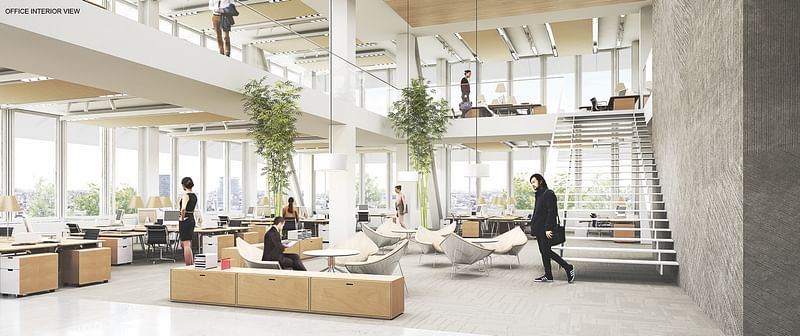
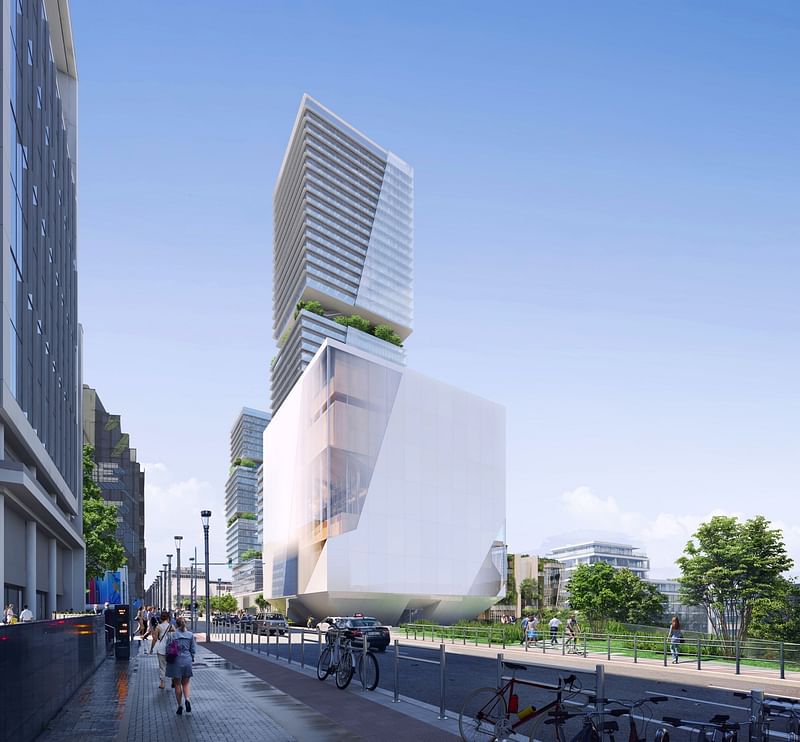
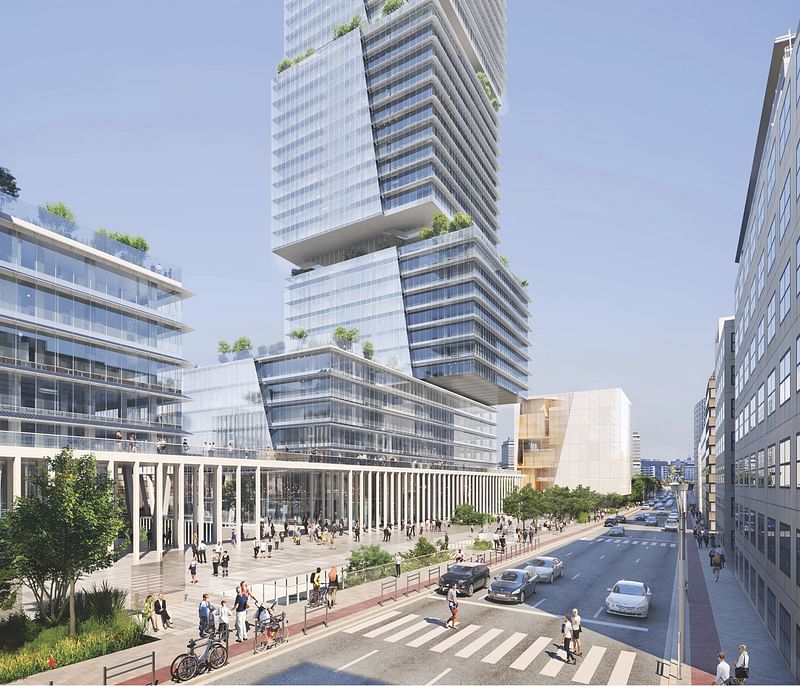
Architect + Team leader: 2PORTZAMPARC, France
Landscape architects: FLORENCE MERCIER paysagiste, France
Building service engineering: ARTELIA Bâtiment & Industrie, France
Structural engineering: ARTELIA Bâtiment & Industrie, France
Project excerpt: “For the second-stage study of Ilot 130, we mainly focused our work on the quality of the public spaces and the layout of the square as well as spaces for group social activities with the intention of making this part of town a lively hub within a functional urban and architectural complex. Our work also focused on the issue of the phasing and adaptability of the complex over time. We feel the smooth operation of the complex at each implementation phase should be taken into consideration, as should its capacity to change over time, which is a basic requirement for any city that is transformable and therefore sustainable. [...]”
3RD PRIZE
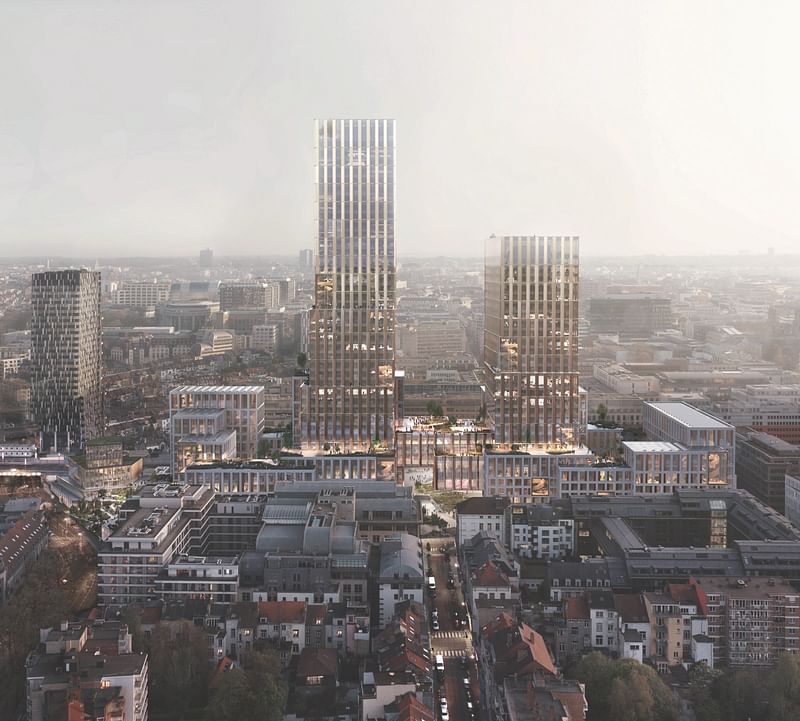
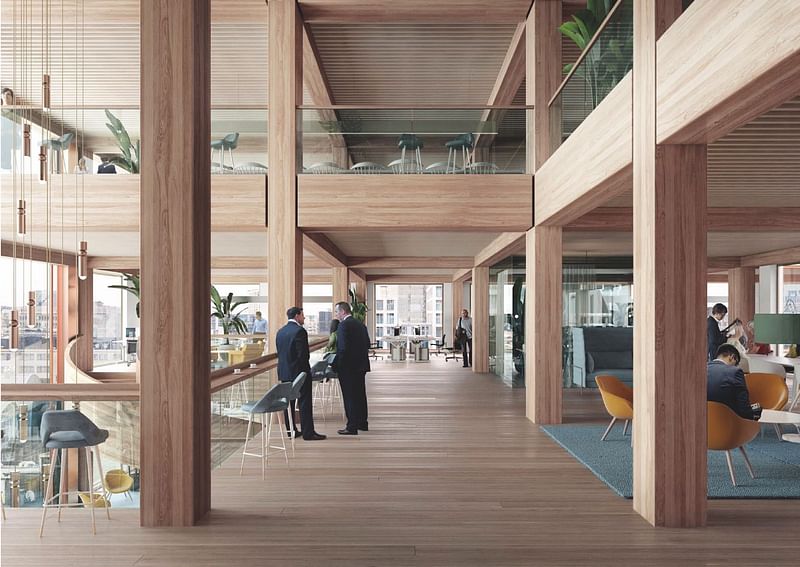
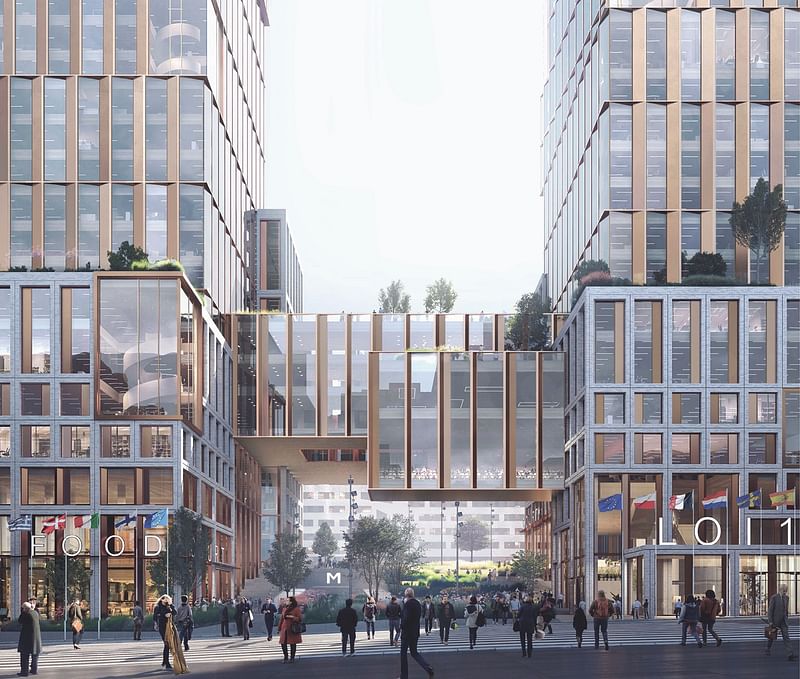
Architect + Team leader: BURO II & ARCHI+I (official name)/ B2Ai (business name), Belgium
Architect: C.F. MØLLER Danmark A/S, Denmark
Landscape architects: DELVA Landscape Architects, The Netherlands
Building service engineering: VK Engineering, Belgium
Structural engineering: VK ENGINEERING, Belgium
Other members: Transsolar Energietechnik GmbH, Germany
Project excerpt: “The purpose of the new EU-Commission building is to exemplify and represent a new set of standards for a sustainable future for the planet and for a peaceful and democratic world. Indeed we have taken upon us an ambitious task of great importance. We will create a building to set new sustainable and holistic standards for office buildings integrated in the urban context – a building which will reflect the needs and the identity of the users and the surroundings. A building which is an urban identifier, gives something back to Brussels, the urban context, the local community, the employees and the daily users of the building. [...]
The new commission building is designed to reflect the grandeur of the institution on a scaled down and human scale. The new commission building is adapted to the site, the program and to the surrounding neighbourhood. It is a building that becomes an urban landmark, a downscaled social hub for the neighbourhood and an inclusive face for the EU. Facing the surrounding streets are the podiums with downscaled volumes carefully adapted to the context and the surrounding diversity of the city district. The Phase 1 and 2 buildings of the podium are connected with a social sky-bridge that shelters the main arrival plaza. The arrival plaza is a green and accessible terraced landscape that brings the flow of people up and down between the more formal Rue de la Loi, to and from the metro and into the more informal residential area of Rue Joseph II. [...]”
You can learn more about the winning proposals and the other finalist entries here.

Share
0 Comments
Comment as :